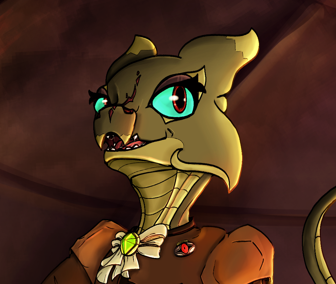Bonding Figurines
A Rilanga tradition in which a tin figurine was handed to a lover while proposing marriage.
Execution
After crafting or commissioning the figurine, the one proposing usually waited for a private moment, to avoid putting pressure on their partner. They then presented the figurine to the other person, asking them to accept the gift and thereby the one depicted by it.
If the other person did so, they would often see to it that a matching second figurine was made shortly afterwards. Both figurines were then put on display in the accepting partner's household. During the ensuing wedding ceremony, they were placed on top of the traditional cake, and once the couple moved into a shared household, the figurines were put on a dedicated shelf in the living room. There they would later be joined by the eggshells of the couple's children.
Components and tools
Bonding figurines were about as tall as the length of an adult's palm. They were crafted from tin, due to it being relatively soft and having a low melting point. Special care was taken to depict the proposing person (and later, the accepting one) as accurately as possible. Those who could afford it often paid professional sculptors to capture their likeness.
The finished sculptures were partially colored with resin-based paints. Mainly the feathers and eyes were painted while the rest was often left in the silvery-gray color of the metal.
Participants
While it was usually the man proposing to the woman, reversed roles were not unheard of, especially when the woman in question was wealthy or in a position of authority.
I give myself to you. Will you accept me into your home?
I accept you, into my home and into my life.




I like this twist on an engagement ring!
If you are looking for my Worldember articles check Magic Earth or My Worldember Progress Page
Thank you, I'm happy that you like this idea! ^^
Creator of the Kaleidoscope System and the planet Miragia.